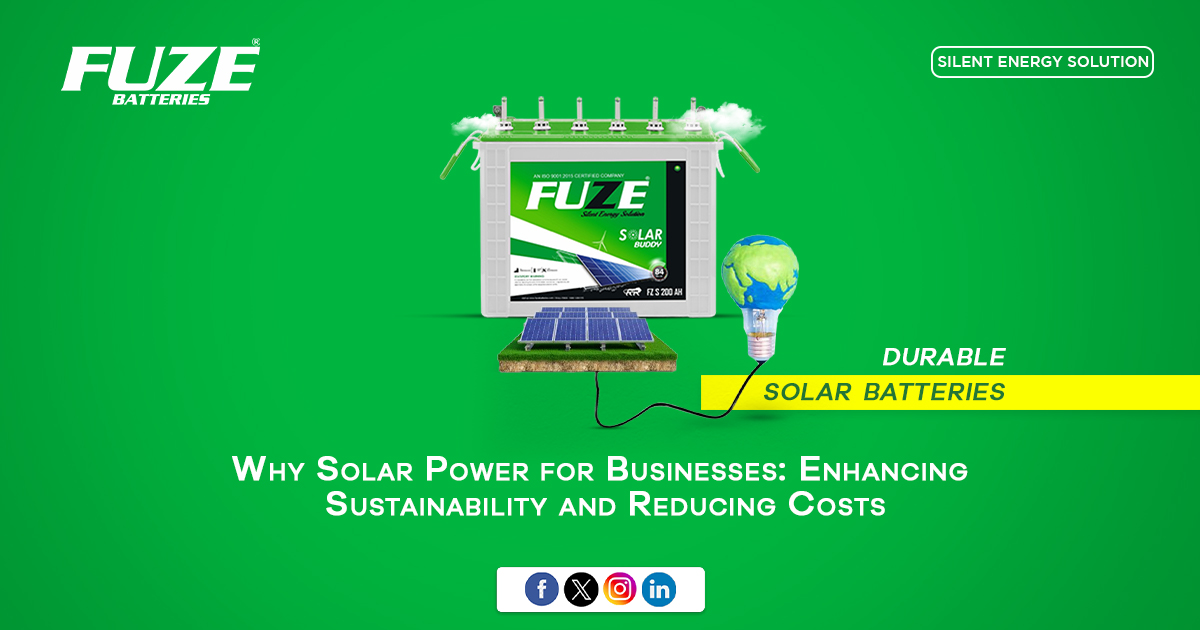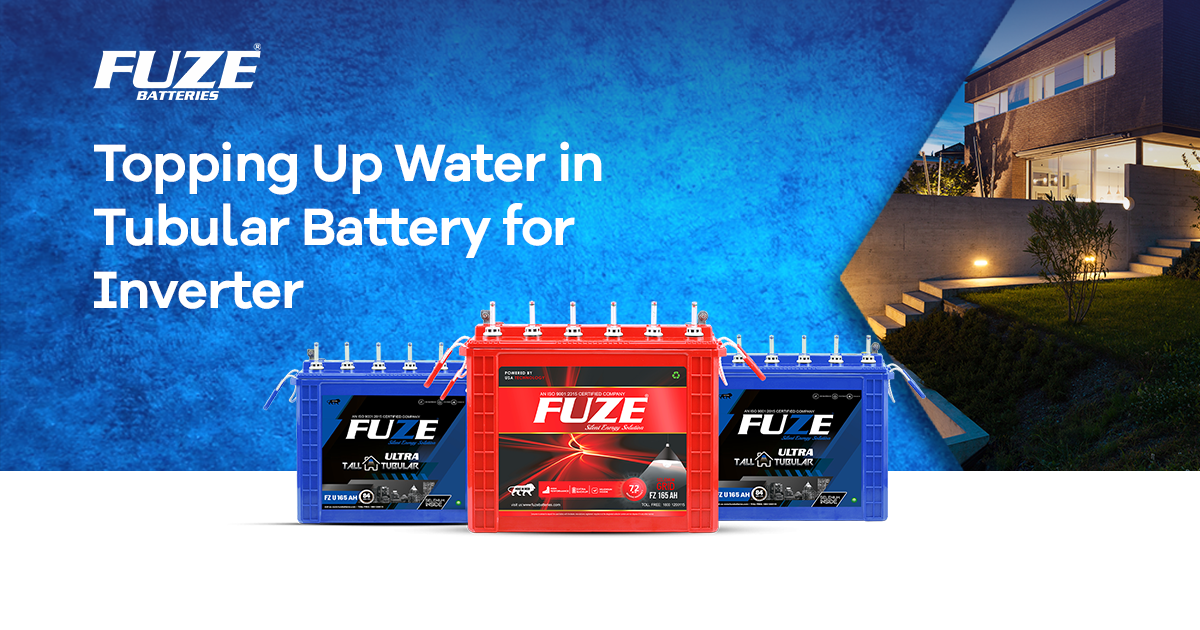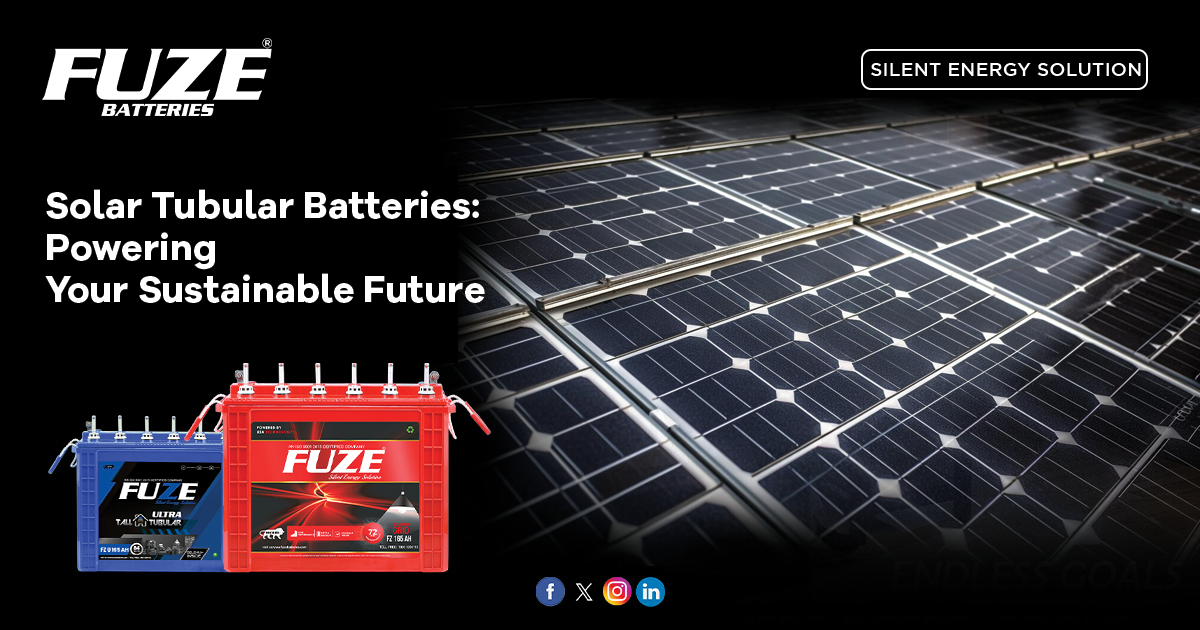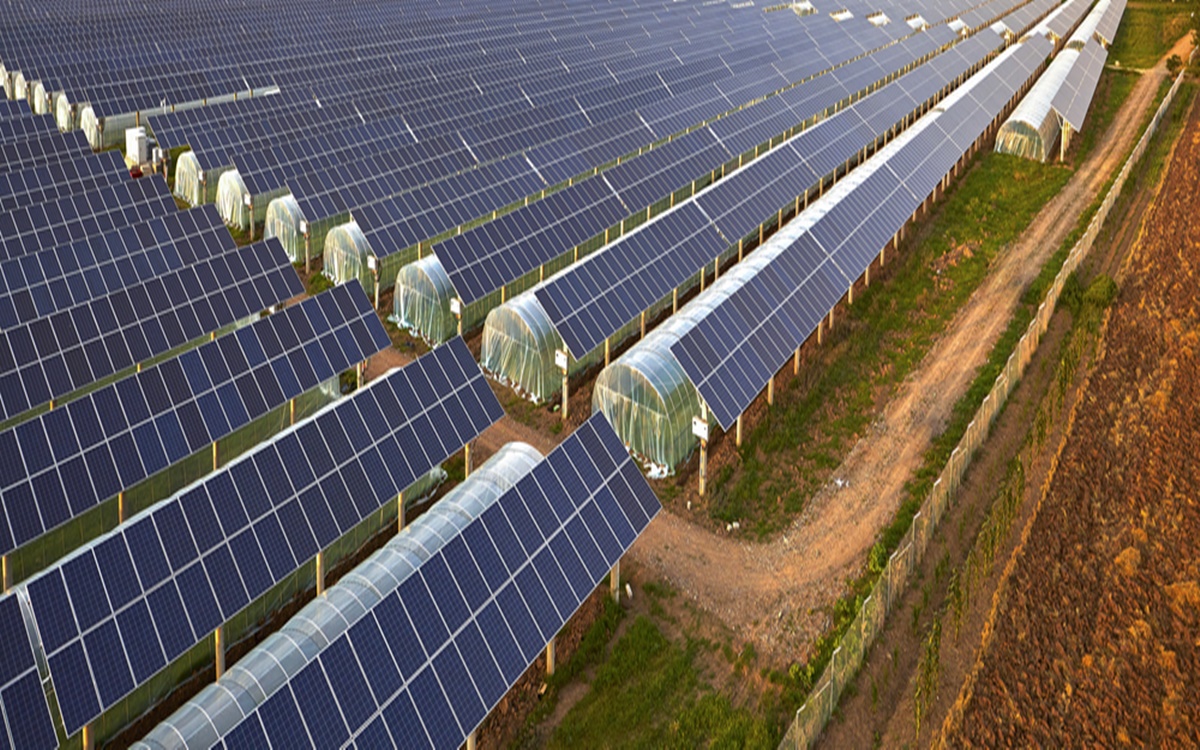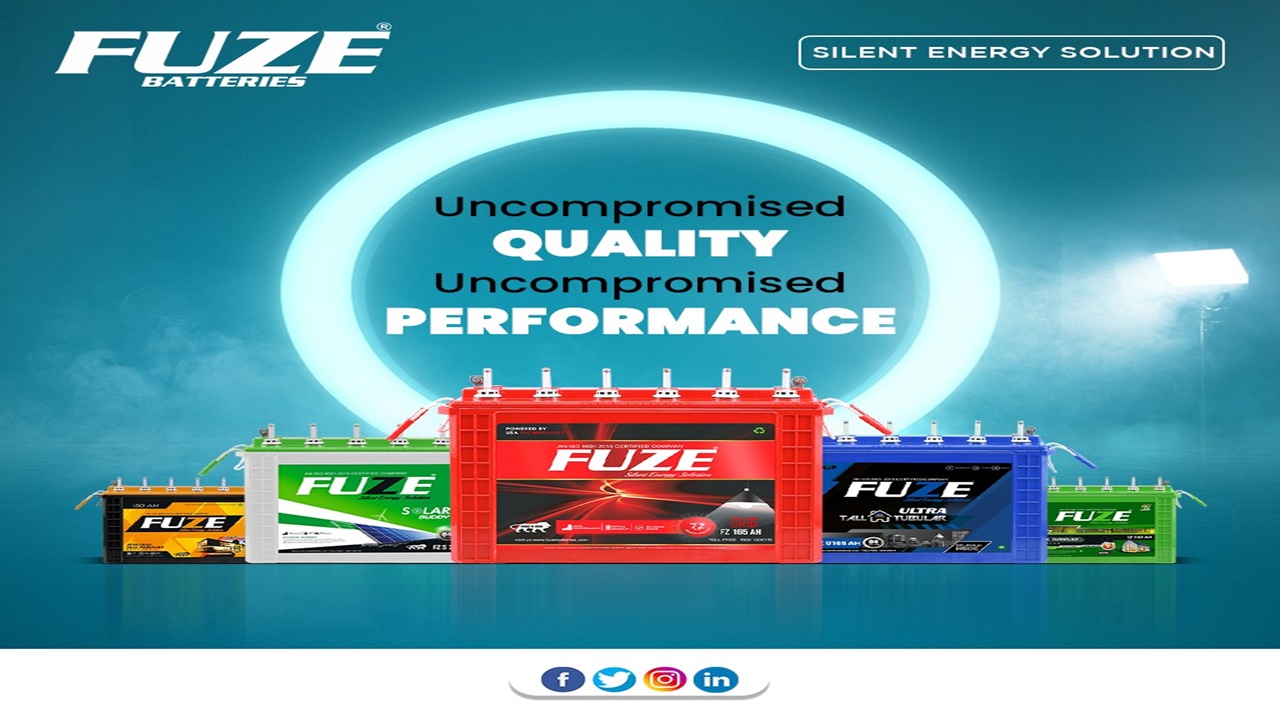In an era where sustainability and cost-efficiency are paramount, businesses are increasingly turning to solar power as a viable solution to meet their energy needs. Solar energy not only offers a renewable and clean power source but also presents significant financial benefits. Fuze Batteries, a leading manufacturer of solar batteries, provides cutting-edge solutions that help businesses harness the full potential of solar power. Fuze Batteries offers you Best Solar Battery for home in Palakkad, Kerala. This article explores the benefits of solar power for businesses, highlighting how it enhances sustainability and reduces costs.
The Case for Solar Power in Business
1. Environmental Sustainability
One of the most compelling reasons for businesses to adopt solar power is its positive environmental impact. Solar energy is a clean, renewable resource that significantly reduces greenhouse gas emissions compared to fossil fuels. By installing solar panels and using solar batteries, businesses can contribute to reducing their carbon footprint and promoting environmental sustainability. This commitment to green energy can also enhance a company’s reputation among eco-conscious consumers and stakeholders.
2. Cost Savings and Financial Benefits
Switching to solar power can lead to substantial cost savings for businesses. Here’s how:
Reduced Energy Bills: Solar power systems allow businesses to generate their own electricity, thereby reducing their reliance on the grid and lowering energy bills. Over time, the savings can be substantial, especially with rising utility costs.
Tax Incentives and Rebates: Many governments offer tax incentives, rebates, and grants for businesses that invest in renewable energy. These financial incentives can offset the initial costs of installing solar power systems and accelerate the return on investment.
Energy Independence: Solar power provides businesses with greater control over their energy supply, reducing vulnerability to fluctuating energy prices and potential power outages.
3. Enhanced Corporate Image and Marketability
Adopting solar power can enhance a business’s corporate image by demonstrating a commitment to sustainability and environmental stewardship. This can attract environmentally conscious customers, investors, and partners, potentially opening new market opportunities. Additionally, businesses that prioritize sustainability can gain a competitive edge in industries where consumers value eco-friendly practices.
4. Scalability and Flexibility
Solar power systems are highly scalable, making them suitable for businesses of all sizes. Whether it’s a small office or a large industrial facility, solar panels and batteries can be tailored to meet specific energy needs. The modular nature of solar power systems also allows businesses to expand their capacity as they grow, ensuring long-term flexibility and adaptability.
Why Choose Fuze Batteries?
Fuze Batteries stands out as a trusted provider of solar batteries, offering solutions that maximize the efficiency and reliability of solar power systems. Here’s why Fuze Batteries is the preferred choice for businesses looking to harness solar energy:
Innovative Technology: Fuze Batteries utilizes advanced technology to ensure optimal performance and longevity of its solar batteries. This guarantees that businesses receive reliable and efficient power storage solutions.
Customization: Understanding that each business has unique energy needs, Fuze Batteries offers customized solutions tailored to specific requirements. This ensures that businesses get the most out of their solar power investments.
Quality and Durability: Fuze Batteries are built to withstand the rigors of daily use and harsh environmental conditions, ensuring long-lasting performance and reliability.
Solar power presents a compelling opportunity for businesses to enhance sustainability and reduce operational costs. By investing in solar energy, businesses can achieve significant environmental and financial benefits while positioning themselves as leaders in sustainability. Fuze Batteries, with its innovative and reliable solar battery solutions, is the ideal partner for businesses seeking to transition to solar power. Whether you are looking for the best solar battery for home, or a comprehensive energy solution for your business, Fuze Batteries have you covered. Embrace solar power today and take a step towards a greener, more sustainable future.
